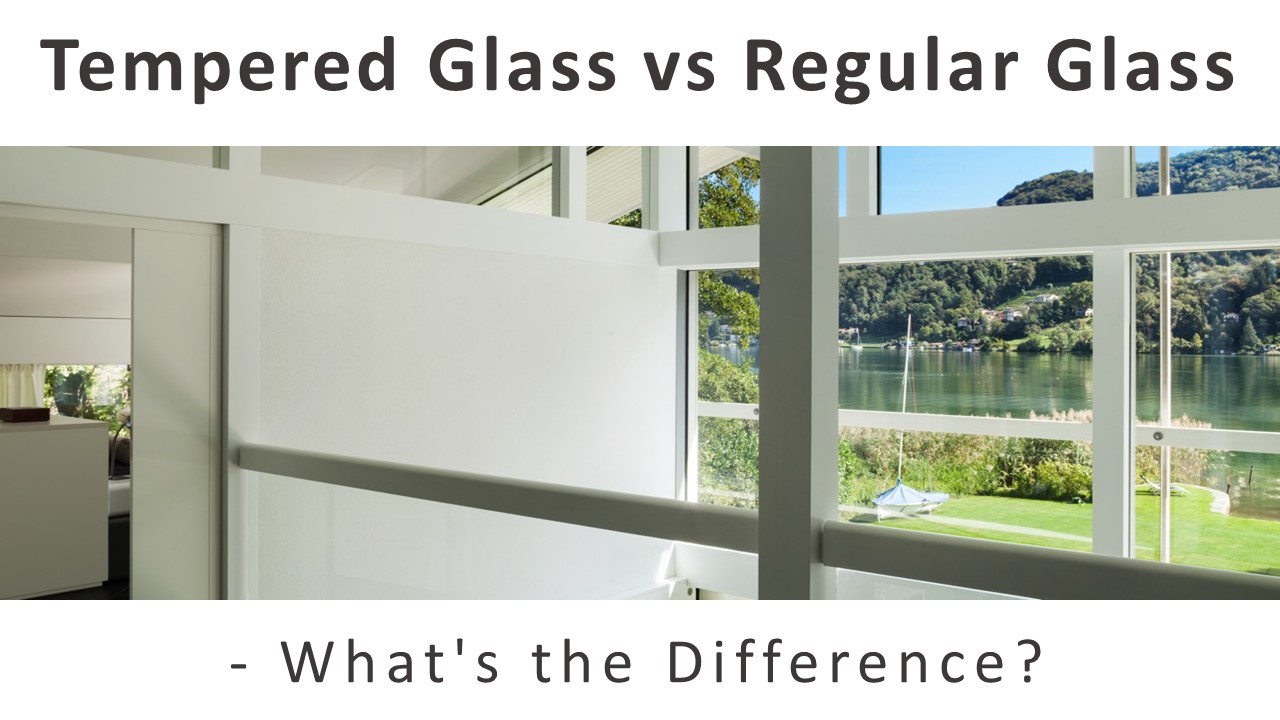Tempered Glass vs Regular Glass - What's the Difference? - PowerPoint PPT Presentation
Title:
Tempered Glass vs Regular Glass - What's the Difference?
Description:
Raben Glass has over 40 years of experience in the residential and commercial glass industry. We take pride in providing top quality service as we replace dual pane windows, install glass shower enclosures, and build storefront metal and glass entrances. Our Mesa glass repair company is bonded and insured, and our work and products are guaranteed. RABEN GLASS LLC Showroom by appointment only: 1826 W Broadway #25 Mesa AZ 85202 (623) 466 5376 info@rabenglass.com www.rabenglass.com – PowerPoint PPT presentation
Number of Views:6
Title: Tempered Glass vs Regular Glass - What's the Difference?
1
Tempered Glass vs Regular Glass
- What's the Difference?
2
Today, modern technology has made it possible to
create many different types that you can choose
from to fit a variety of purposes.
3
A common question that we encounter during our
free consultations is regarding the difference
between tempered and regular glass.
4
Learning more about how they are made and their
various uses help you understand why we
recommend each type.
5
What Makes the Two Types Different?
6
Both regular and tempered glass are made with
similar materials. Sand, recycled materials,
soda ash and limestone are used to make the
panes that we put into windows and doors today.
7
The main difference between the two types comes
down to the manufacturing processes that are
used.
8
Regular glass is created using an annealing
process that involves heating the materials to
the stress relief point.
9
Then, the molten materials are allowed to cool
at a controlled rate that allows for some degree
of strength.
10
Tempered glass goes through an additional
processing technique. This type takes a
finished piece of regular glass through another
step of being heated to an extremely high
temperature.
11
Once this is complete, the pane is then cooled
with high pressured air from nozzles that hit on
specific parts of the surface.
12
This process is called quenching. The rapid
change from hot to cold temperatures strengthens
the outer surface of the pane.
13
What Are the Benefits of Standard Glass?
14
The most obvious benefit of choosing the standard
option is the price. Since it only has to go
through one process, this type tends to be less
expensive.
15
Standard panes are softer and capable of being
reworked. This allows for us to do customized
edges and other types of reshaping that give
glass tabletops and shelves a unique look.
16
When is Tempered Glass Better?
17
Youll want to use this type anywhere that extra
strength is required. Tempered panels are ideal
in bathrooms where slippery surfaces increase the
risk of personal injuries from broken glass.
18
Since this type breaks into smaller, less sharp
pieces, it is considered safer than the regular
kind. These are also important for use in
windows and doors that sit close to the ground
surface.
19
In some cases, local building codes and
ordinances require tempered glass to be used.
20
How Can You Tell Them Apart?
21
The average person might find it hard to tell the
difference between the two types at first glance.
22
Upon close inspection, you might notice that
tempered glass has smoother edges and slight
imperfections in the surface due to the intense
heating process the materials go through.
23
Fortunately, any surface distortions are mostly
imperceptible. The easiest way to tell the
difference is to look for a small stamp that is
etched close to the edge.
24
This stamp in tempered glass gives the
manufacturers name and lets you know that it
meets the CPSC standards.
25
Keep in mind that it might be hidden by framing
and decorative accents that are added during
installation.
26
Working with a reputable glass installer lets you
be certain that you have the right type of glass
in your home or commercial building.
27
There are many factors to consider when choosing
between these two types.
28
Your budget, along with the area where the glass
is to be placed are the two biggest indicators
of which direction to go.
29
As always, remember that safety comes first when
it comes to glass placement.
30
We can help you stay in compliance with local
building codes while also making sure that your
selection works beautifully for your needs.
31
Raben Glass has over 40 years of experience in
the residential and commercial glass industry.
32
We take pride in providing top quality service as
we replace dual pane windows, install glass
shower enclosures, and build storefront metal and
glass entrances.
33
We are bonded and insured, and our work and
products are guaranteed.
34
Showroom by appointment only 1826 W Broadway
25 Mesa AZ 85202 (623) 466 5376 info_at_rabenglass.c
om https//www.rabenglass.com/































